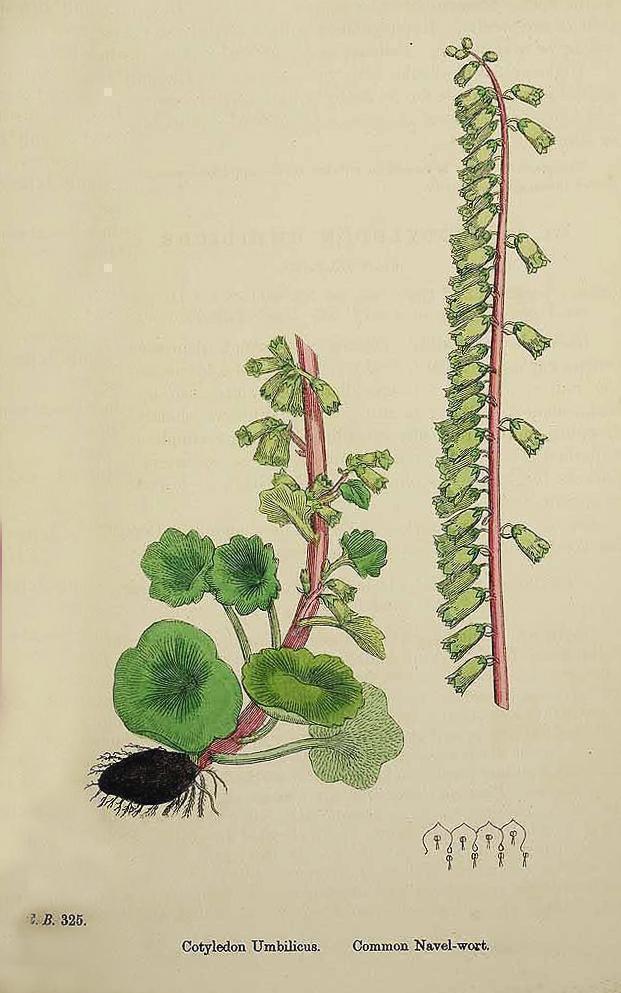Umbilicus rupestris (Salisb.) Dandy
CrassulaceaeEsta planta mediterránea emerge de abril a julio en grietas de muros, tejados e incluso en los huecos de la corteza de los árboles. Muy utilizada por sus cualidades médicas, su nombre genérico en latín significa ombligo, por la forma de sus hojas, y los epítetos específicos de su nombre alude a que vive en las rocas. En este caso no se trata de una planta cultivada, sino espontáneamente, que en el caso del Alcázar Sevillano, crece usualmente sobre el tronco de grandes árboles como los magnolios. Esta situación, nos recuerda dos cuestiones muy importantes: La primera, que los jardines no solo están poblados por plantas militarmente dispuestas, sino también, por inquilinos inesperados o efímeros. Paisajistas como Gilles Clement nos sugieren, a través de conceptos como el jardín en movimiento, la introducción creativa de este genio natural, de estas oportunidades imprevistas, en nuestros jardines. La segunda cuestión que nos advierte la presencia del ombligo de venus, es que los árboles no son únicamente una especie, sino un ecosistema que soporta, a veces de manera parásita, otras en perfecta simbiosis, multitud de otras especies vegetales o animales.
Procedencia
Europeo/MediterráneoCalendario
Hábitat
Morfología
 Planta
Planta
 Extendida
Extendida
 Simple
Simple
 Orbicular
Orbicular
 Otras disposiciones
Otras disposiciones
 Sinuado
Sinuado
 Crenado
Crenado
 Peltada
Peltada
 Perenne
Perenne
